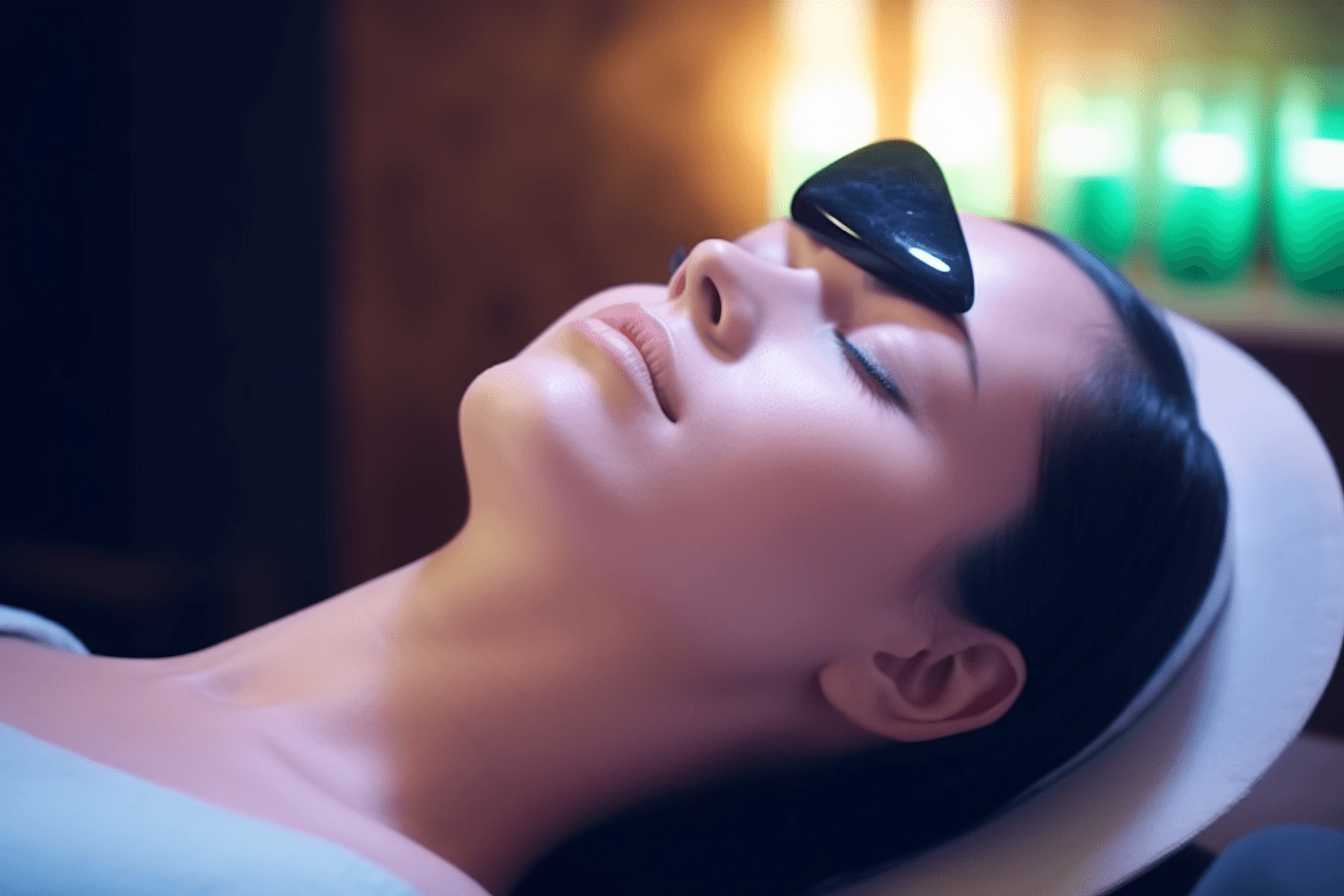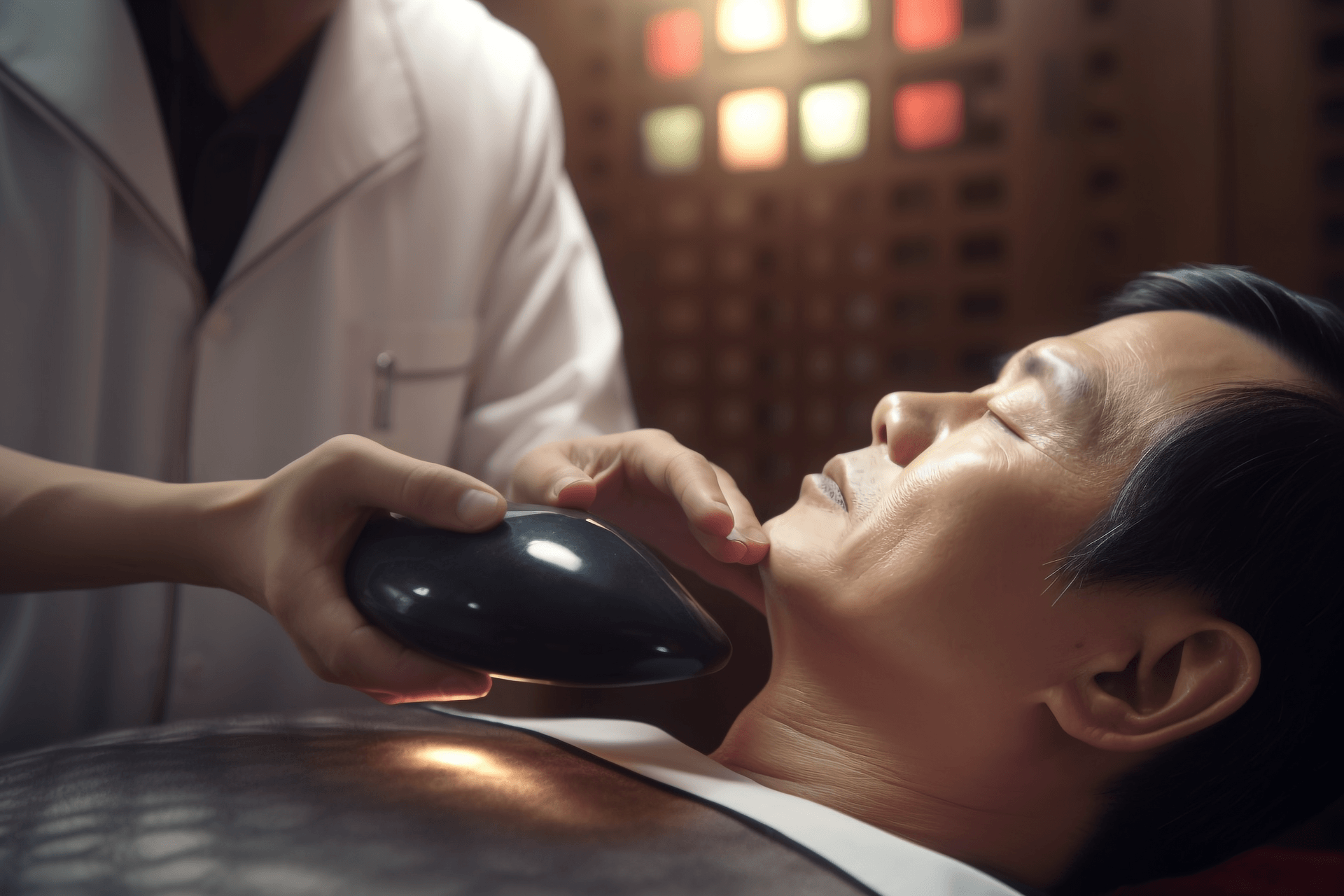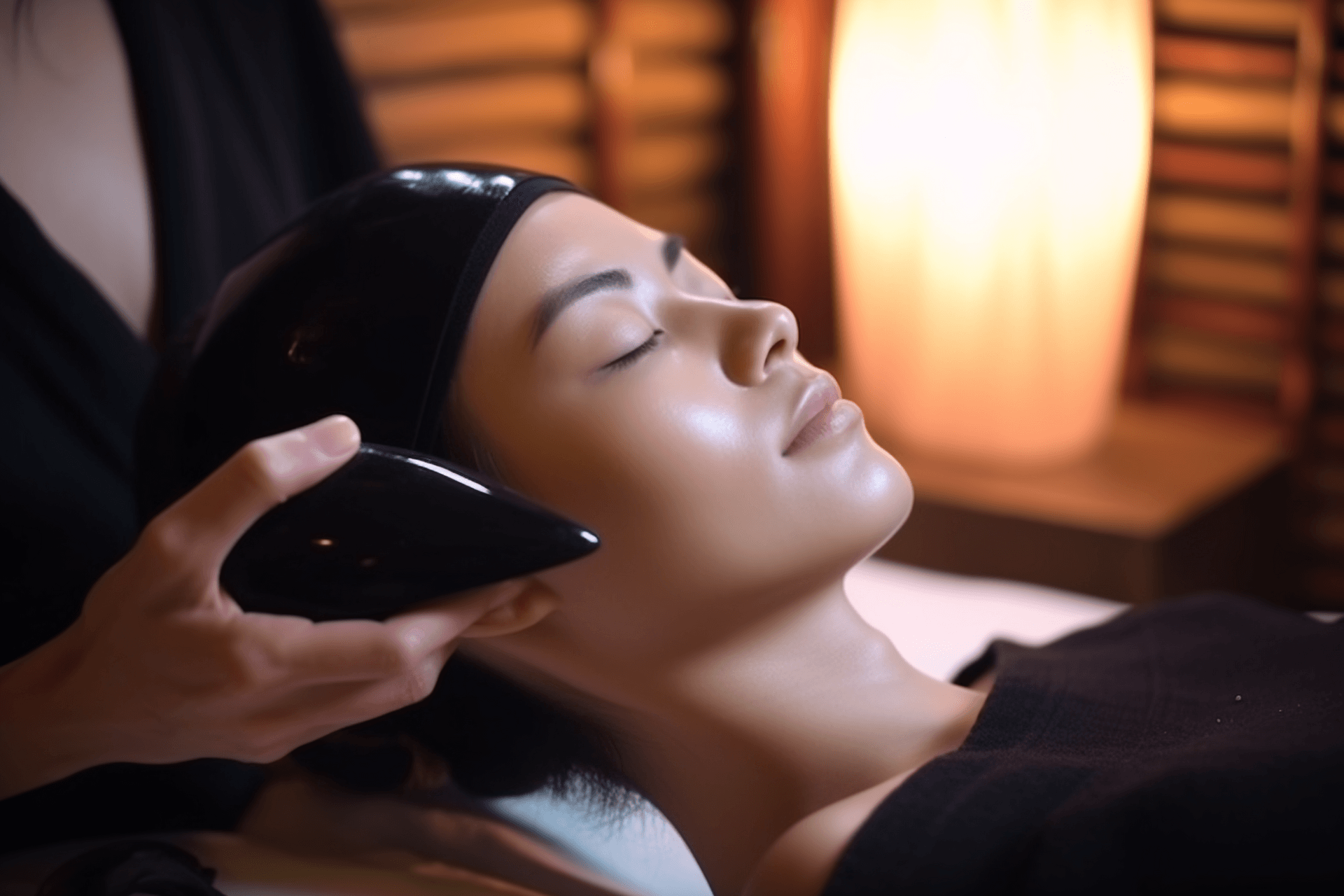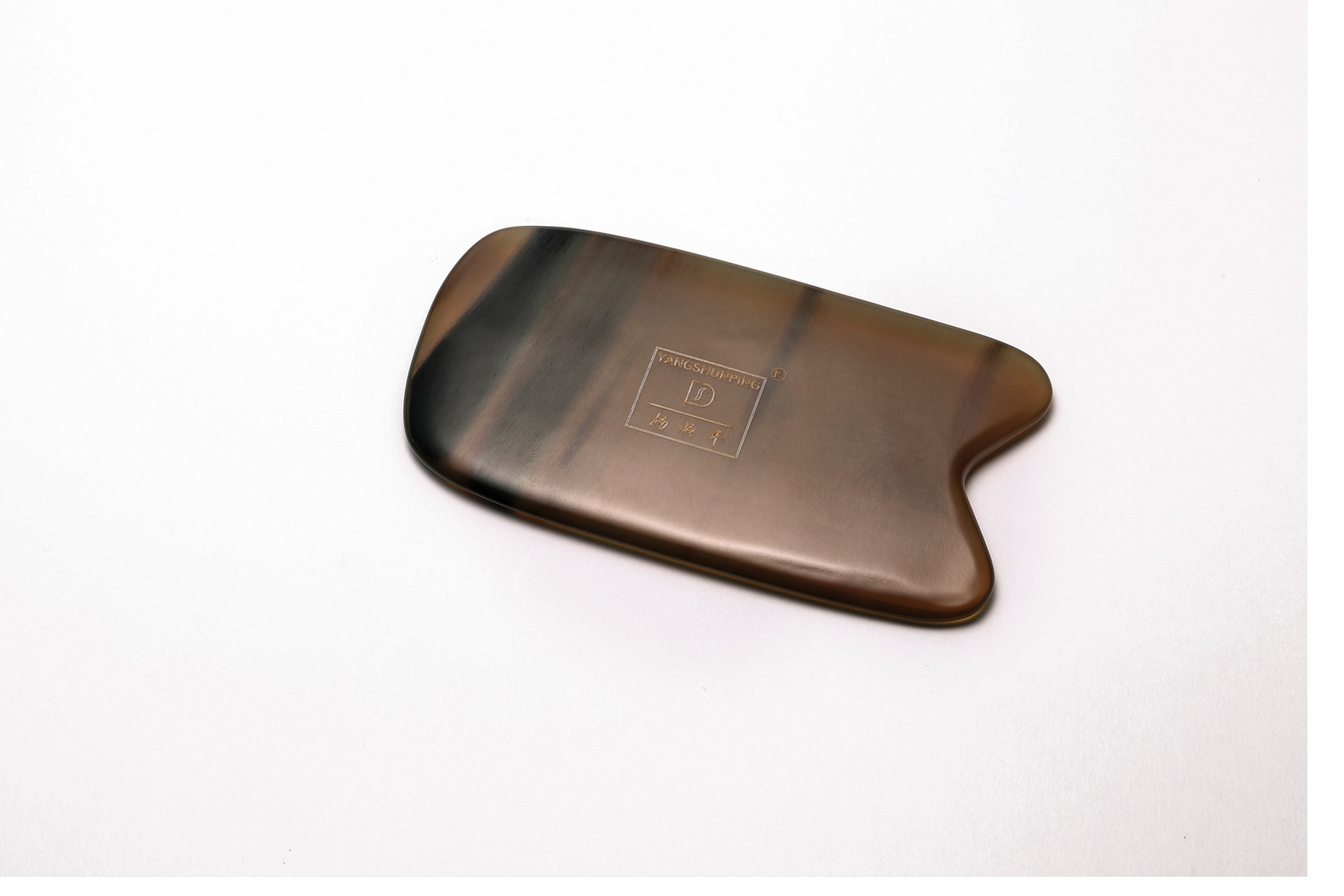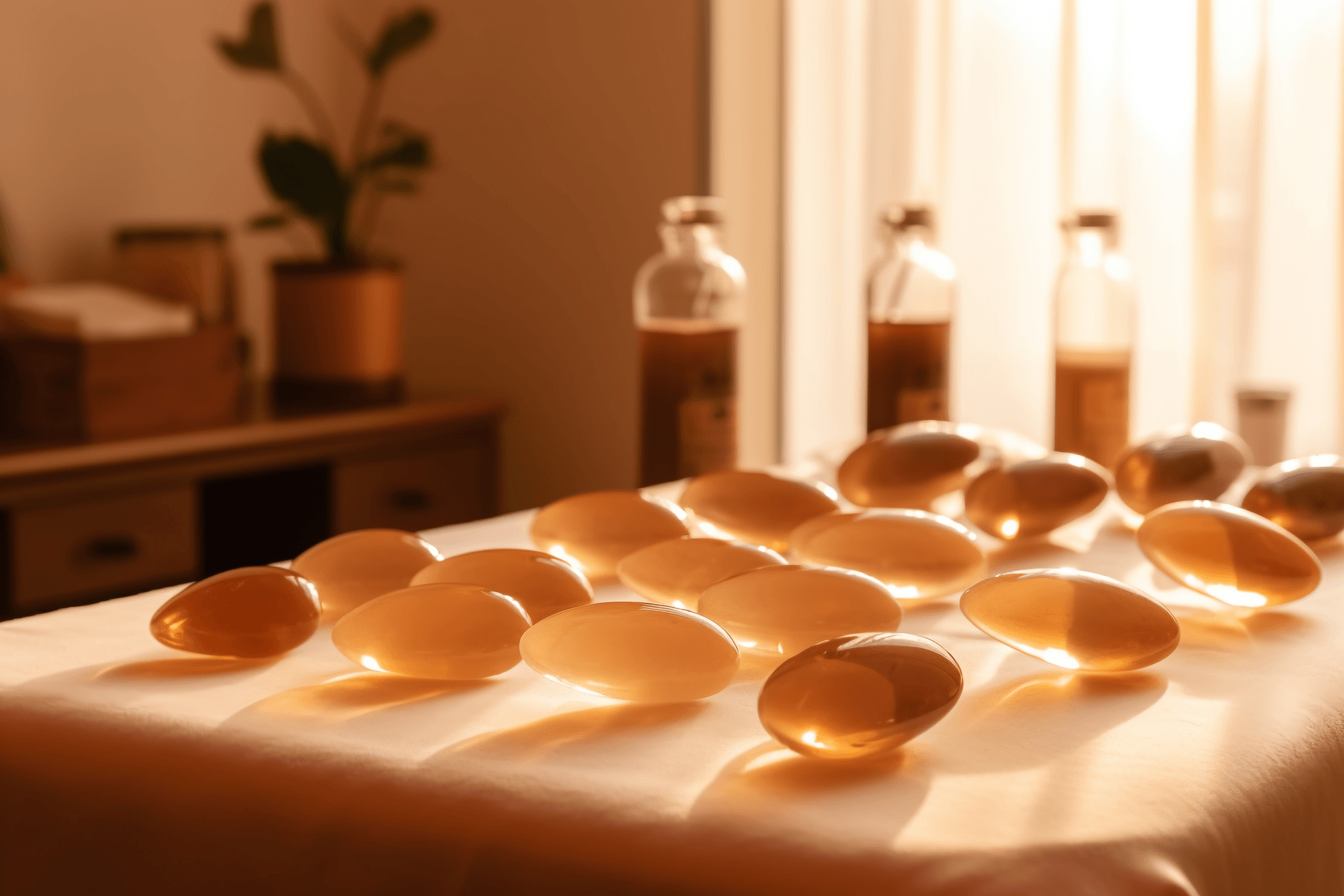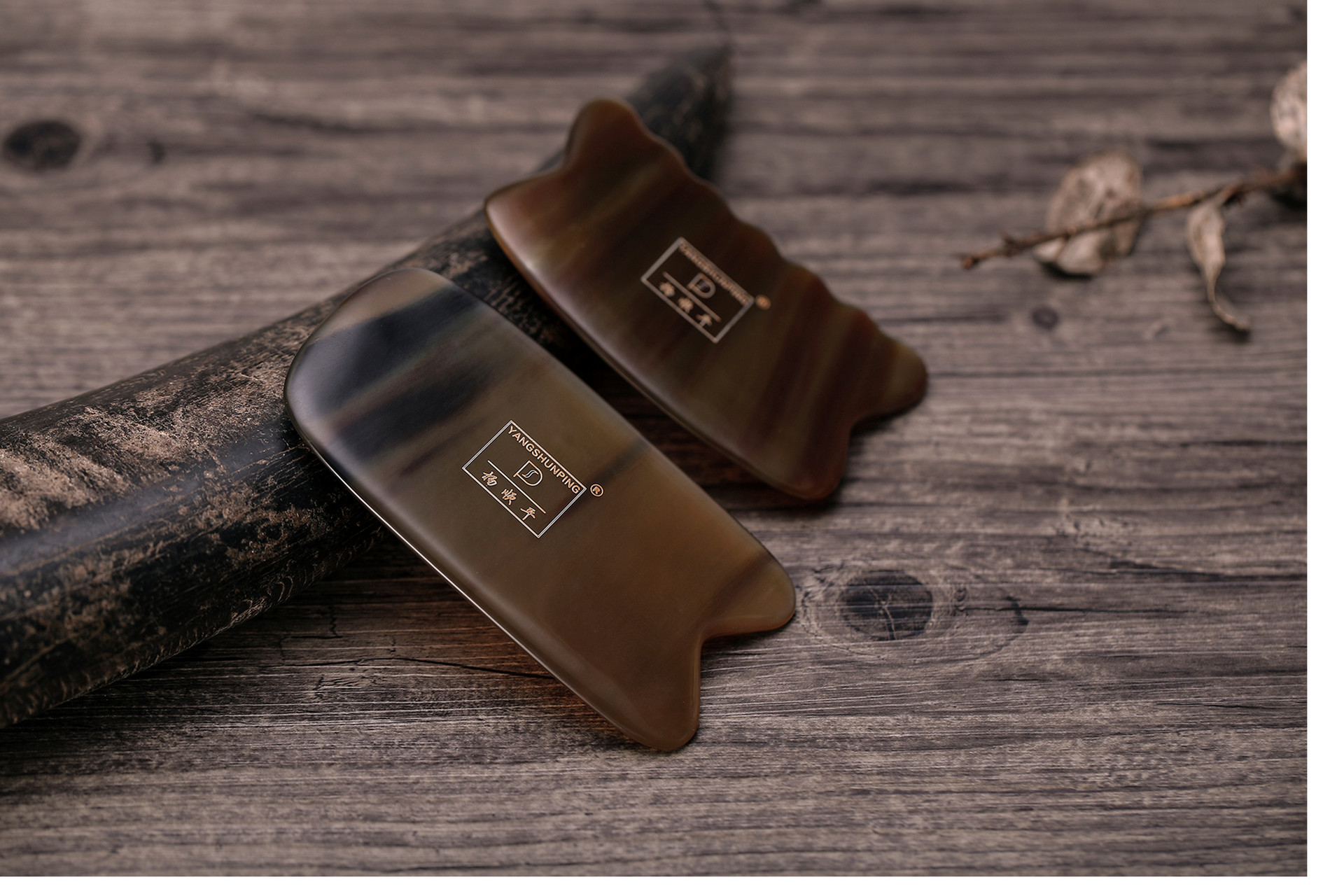Many people have tried scraping. As long as you find a reliable Chinese medicine clinic and let professional personnel scrape, the fatigue in your body will be greatly relieved. Can scraping treat cervical spondylosis? There are many patients with cervical spondylosis nowadays, so this question is also quite popular. What are the scraping techniques? Let's take a look at the following text with these questions in mind!
Can scraping treat cervical spondylosis?
Scraping has a relieving effect on many diseases, and it is also effective for cervical spondylosis. When cervical spondylosis occurs and the pain becomes unbearable, you can try scraping, which can effectively relieve cervical spondylosis. However, scraping cannot treat cervical spondylosis because once the cervical vertebrae are deformed, they cannot be restored. Scraping can only provide relief but not a cure.
There is currently no method to cure cervical spondylosis, whether it is physiotherapy, medication, traction, or massage. These methods can only relieve local symptoms but not treat the condition, and it is important for everyone to understand this. Scraping is a relatively simple technique and does not have any side effects, so patients with cervical spondylosis can use this method regularly to alleviate their pain.
Cervical spondylosis has various types, such as sympathetic type, vertebral artery type, and nerve root type. Different types of cervical spondylosis require different scraping techniques, mainly targeting different acupoints. It is recommended that patients with cervical spondylosis seek professional assistance for scraping instead of attempting it themselves to ensure accurate acupoint targeting and better results.
Scraping technique for sympathetic type cervical spondylosis
Sympathetic type cervical spondylosis is often characterized by neck pain, dizziness, blurred vision, and symptoms such as cold limbs, hot flashes, night sweats, and insomnia. Scraping can help relieve pain and promote blood circulation in the meridians.
Acupoint selection and technique: The main acupoints to stimulate are Xinshu, Pishu, Weishu, and Zusanli. Clean the local skin and use scraping tools to scrape the aforementioned areas with moderate pressure until the skin turns red.
Scraping technique for vertebral type cervical spondylosis
Vertebral type cervical spondylosis often presents with shoulder pain, limited neck movement, stiffness in the shoulders and back, and radiating numbness in the shoulder and arm. Scraping can help dispel wind and dampness, and promote meridian flow.
Acupoint selection and technique: Select Fengchi, Jianji, Dazhui, and Jianjing acupoints. The patient should be seated, and the local skin should be cleaned. Use scraping tools to scrape back and forth on the aforementioned areas with moderate pressure until petechiae appear on the skin.
Scraping technique for vertebral artery type cervical spondylosis
Patients with vertebral artery cervical spondylosis often experience dizziness, limited neck movement, and symptoms such as tinnitus, irritability, and nausea. Scraping can help nourish qi and blood.
Acupoint selection and technique: Select Fengchi, Pishu, Ganshu, Shenshu, and Xuanzhong acupoints. The patient should lie prone, and the local skin should be cleaned. Use scraping tools to repeatedly scrape the aforementioned areas with slow and gentle movements until the skin turns red.
Scraping technique for nerve root type cervical spondylosis
The main symptoms of nerve root type cervical spondylosis are neck and shoulder pain, radiating pain along the neck nerve root, and sensations of tingling and electric shocks. Scraping can help promote meridian flow and improve blood circulation.
Acupoint selection and technique: Select Jianjing, and the upper limb pathway of the Hand Yangming Large Intestine Meridian. The patient should be seated. Clean the local skin and use scraping tools to scrape the aforementioned areas. Start with Jianjing acupoint, then move to the upper limb. Use a strong pressure and fast speed when scraping. Repeat the scraping until the patient's skin turns red.


